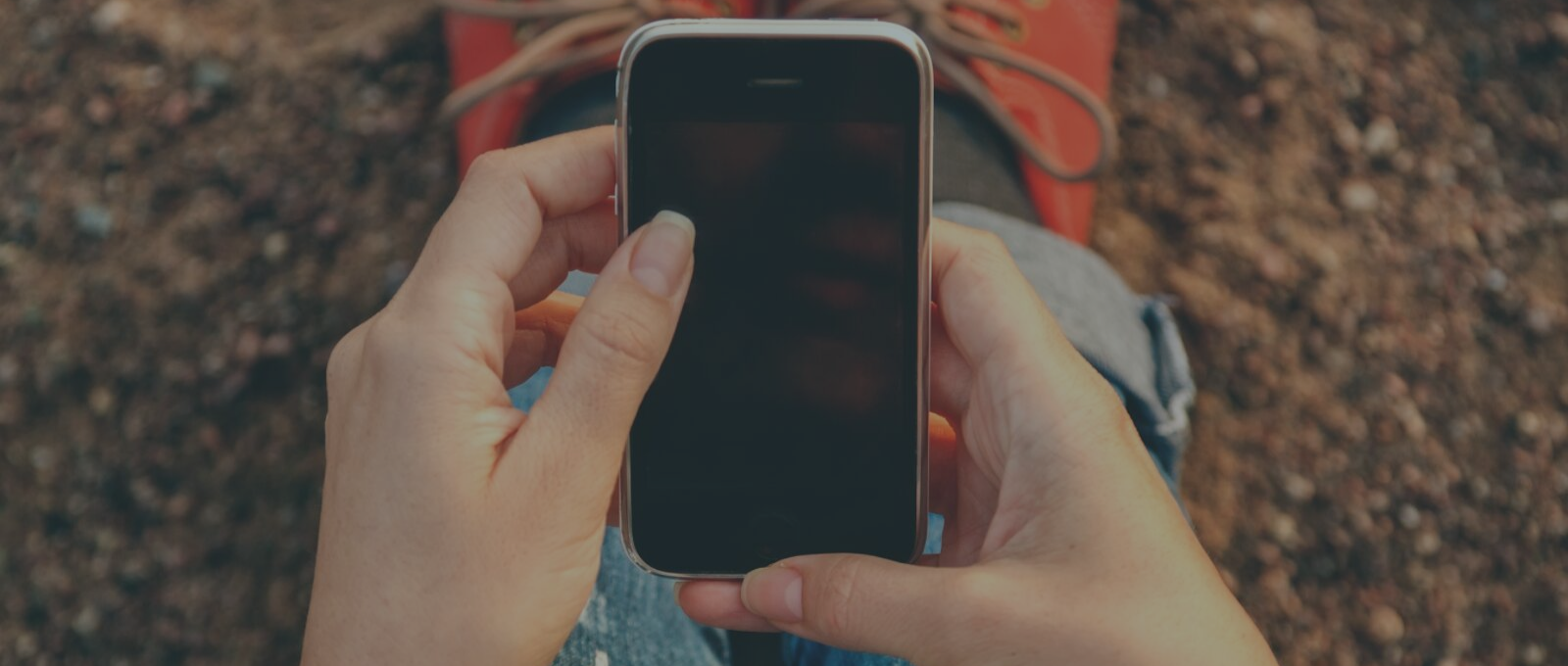In the words of Adam Alter, when it comes to digital devices, “proximity is destiny.” In an ideal world we would all have the internal impulse control to make good choices about when to scroll and when to look up towards a family member or friend.
Yet we know these internal skills are still developing in children’s growing brains and we are ALL up against powerful technology designed to keep our eyes glued to the screen. So for kids grappling with digital distractions or for adults eager to carve out more phone-free time, check out these types of tools:
Keep in mind that we don’t officially “endorse” any of these tools nor are we in any kind of business relationship with any of them. We just like them.

1. Hold up a mirror.
Okay, so these aren’t really Apps. But both Screentime on iOS and Digital Wellbeing on Android phones are pretty sophisticated sets of free tools built right into our phones. They each hold up a helpful mirror and have digital supports for making changes. Most of us wildly underestimate the amount of time we spend on our phones, especially since we do much of our scrolling, refreshing, and sending on autopilot.
Start by exploring your daily habits, spending the first week just making observations. Ask yourself:
- How much time am I on my phone per day?
- Which apps do I use most?
- What time of day am I most active?
- When do I start using my phone?
- When do I finish?
Then spend some time reflecting on what you’ve learned:
- Did anything confirm what you already know about your phone habits?
- What was most surprising?
- What do you want to continue?
- What do you want to change?
Make it a family conversation:
- Have everyone share what they learned.
- Talk about:
- Where are you benefitting / having fun / connecting?
- Where does it look like it might be getting in the way (of homework, work, or connection?
Set one or two goals for yourself and try to meet them for a week. Feel free to use the other tools in the system to help you succeed. Rather than trying to make huge changes, remember that small changes can have huge benefits. For example, just setting “downtime” at night and making sure that you are screen free before bed will likely result in higher quality sleep. Sleep has huge, cascading impacts on our physical and mental health. What other family rules might help everyone meet their goals?
2. Gamify it.
Okay, maybe you’ve used Screentime or Digital Wellness but have already figured out ways to get around the friendly reminders to put your phone down. This might be a good time to gameify the changes! My favorite is the app Forest. Here’s how it works.
When you want to focus, you open the App and plant a virtual tree. The longer you stay focused (not opening other apps) the more lush, dense and healthy your forest becomes. If you get distracted and use your phone to check social media, your forest will start to wither away and eventually die, requiring more focus to build it back up again.
Not only is this a fun way to get motivated; it can start great conversations about how the brain grows and flourishes when it focuses on one thing at a time.
Be gentle with yourself though, apparently some users report being devastated that they killed their little trees just because they had a work call 🙂 The good news is that the company plants real trees as all of its users gain virtual points by staying focused on what matters.
3. Block it.
Still feel like you need more hands on coaching? There are lots of apps that promise all the screen time tracking plus app and browser blocking, “guided coaching,” and other bells and whistles that will help you direct your attention toward your goals. For some people this type of tailored direction might be just what it takes to put your phone down and look up. Here are a few to check out:
- Freedom
- Opal
- Session
- Brick (This is a fan favorite. You have to physically walk to your Brick in order to unlock the blocker)
** Bonus tools for your browser:**
The following apps allow you to manage your time on distracting websites while on your laptop or desktop. They range from gentle nudges like,“Are you sure you want to spend time on Twitter right now?” to blocking access for a specific part of the day (say, study time) or for a specific amount of time:
- Mindful Browsing (Chrome)
- Self Control (Mac)
- Stay Focused (Chrome add on)
Finally, don’t be afraid to try out old fashioned tools. I have a cheap “priorities box” on top of my refrigerator that I drop my phone into when I don’t want to be tempted to scroll. As author Adam Alter reminds us, when it comes to technology “proximity is destiny.” In other words, if you can touch or see your phone you are likely to start scrolling absentmindedly. Need screen free time? Find a place to park your phone and walk away.